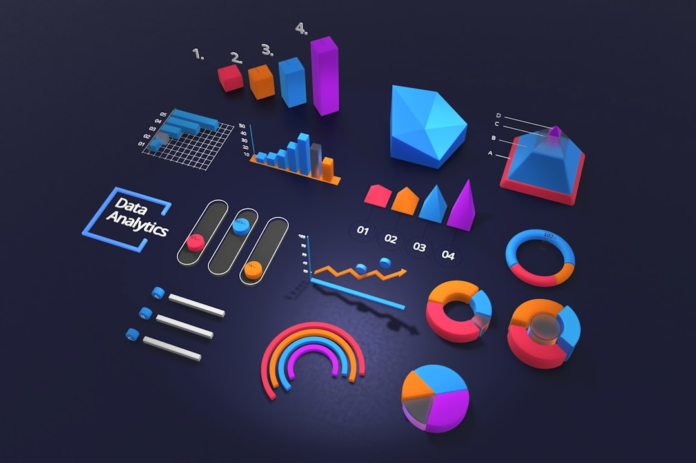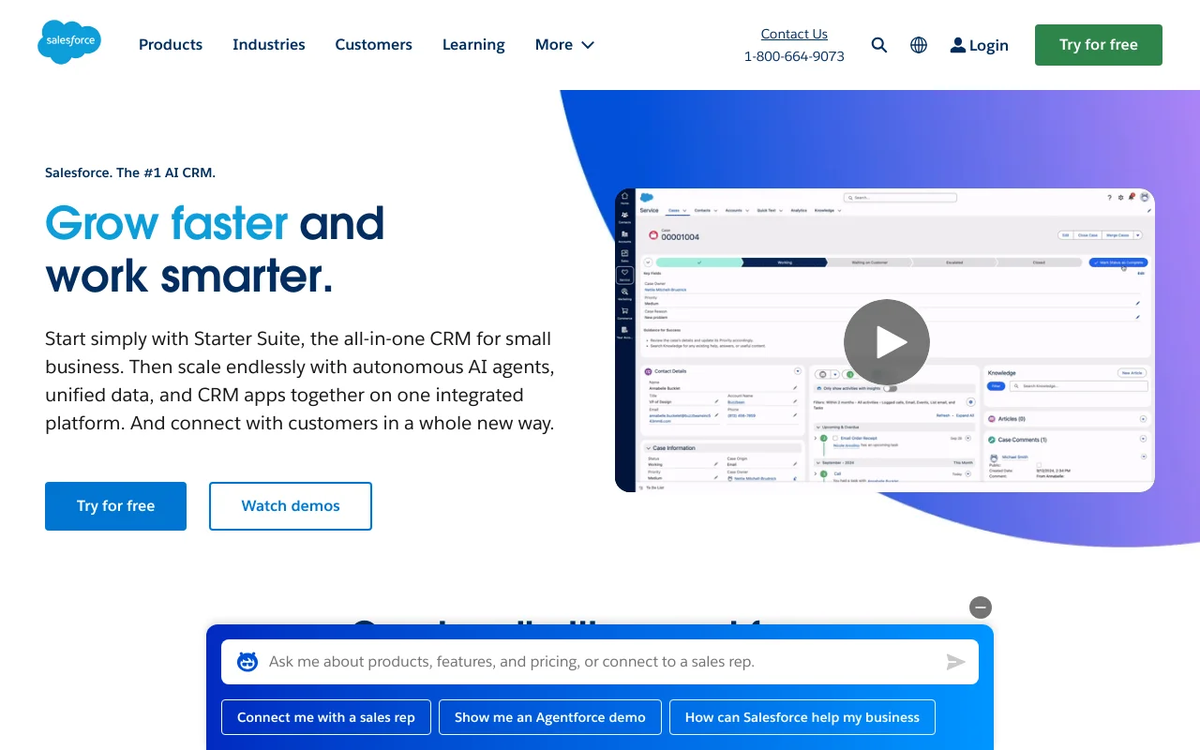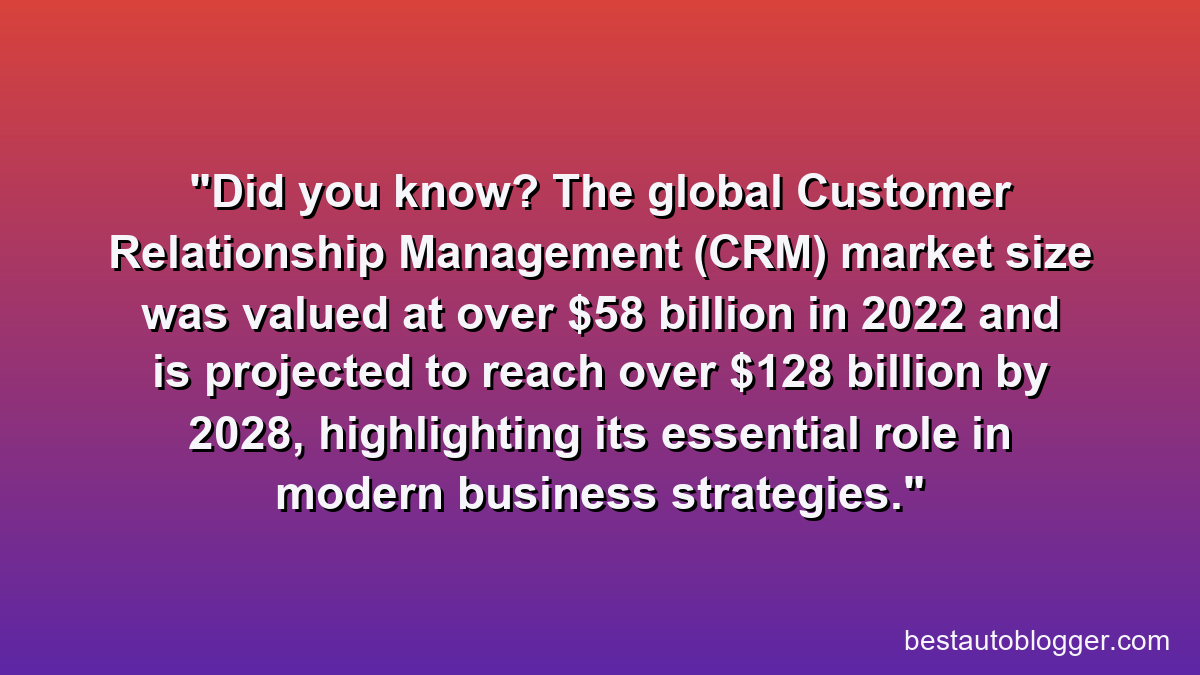Understanding CRM Systems: A Complete Guide
In today’s fiercely competitive business landscape, the customer is king. Building, nurturing, and maintaining strong customer relationships is not just a best practice—it’s a fundamental pillar of sustained growth and success. This is precisely where Customer Relationship Management (CRM) systems come into play. A CRM isn’t merely a piece of software; it’s a strategic approach to managing all your company’s interactions with customers and potential customers.
Salesforce
Salesforce isn’t just a CRM; it’s the unparalleled engine for scaling your sales, marketing, and customer service efforts. From robust lead nurturing and pipeline management to insightful analytics and seamless customer interactions, Salesforce empowers businesses to convert more leads, deepen customer relationships, and drive predictable revenue growth. It’s the gold standard for a reason: unparalleled customization, a vast ecosystem of integrations, and a proven track record of transforming how businesses connect with their customers.
💡 Key Takeaways
- CRM systems centralize customer data to improve relationships, streamline operations, and boost business efficiency.
- Different CRM types (operational, analytical, collaborative) cater to specific business needs and strategic goals.
- Successful CRM implementation requires careful planning, thorough user training, and clear alignment with business objectives.
- Choosing the right CRM involves evaluating features, scalability, integration capabilities, and vendor support to match your unique requirements.
“CRM isn’t just software; it’s a strategic approach to customer engagement. Proper implementation aligns sales, marketing, and service, driving real growth and fostering lasting relationships.”
— Michael Adams, CRM & Automation Implementation Lead
This comprehensive guide aims to help you discuss customer relationship management systems in detail, exploring what they are, why they’re indispensable, their core functionalities, and how to effectively implement one for maximum impact. For a broader perspective on how these systems integrate with broader strategies, delve into our CRM & Marketing Automation: The Ultimate Guide.
In This Article
- → Understanding CRM Systems: A Complete Guide
- — 💡 Key Takeaways
- → What is a CRM System? Defining Customer Relationship Management
- — 🤔 More Than Just Software: The Philosophy Behind CRM
- — ⚙️ Core Components of a CRM
- → Why Your Business Needs a CRM: Key Benefits and Advantages
- — 🚀 Boost Sales & Revenue
- — 📈 Enhance Customer Satisfaction & Loyalty
- — 💡 Streamline Business Processes
- — 📊 Gain Actionable Insights
- → Types of CRM Systems: Finding Your Perfect Fit
- — 🛠️ Operational CRM
- — 🧠 Analytical CRM
- — 🤝 Collaborative CRM
- — ☁️ Cloud-Based vs. On-Premise CRM
- — 🎯 Industry-Specific CRMs
- → Key Features and Functionalities of Modern CRM Software
- — 🏷️ Contact & Lead Management
- — 📈 Sales Automation
- — 📣 Marketing Automation
- — 📞 Customer Service & Support
- — 📊 Reporting & Analytics
- — 🔗 Integrations
- → Implementing a CRM System: Best Practices for Success
- — 📝 Define Your Goals & Requirements
- — 🔍 Choose the Right CRM Provider
- — 👨🏫 Training & User Adoption
- — ⚙️ Data Migration & Integration
- — ✅ Continuous Optimization
- → The Future of CRM: AI, Automation, and Hyper-Personalization
- — 🤖 Artificial Intelligence (AI) in CRM
- — 🌐 Hyper-Personalization & Customer Experience
- — 📈 Predictive Analytics
- → Conclusion
What is a CRM System? Defining Customer Relationship Management
At its heart, a CRM system is a technology for managing all your company’s relationships and interactions with customers and potential customers. The goal is simple: improve business relationships to grow your business. A CRM system helps companies stay connected to customers, streamline processes, and improve profitability.
🤔 More Than Just Software: The Philosophy Behind CRM
While often discussed as software, CRM is fundamentally a business strategy. It’s about putting the customer at the center of your business operations. This customer-centric approach informs every decision, from product development and marketing campaigns to sales processes and customer service interactions. The software simply provides the tools to execute this strategy effectively.
⚙️ Core Components of a CRM
A typical CRM system consolidates customer information into a single, comprehensive database, making it accessible across various departments. Key components include:
- ✅ Centralized Data Storage: A unified repository for all customer data, including contact information, purchase history, interactions, and preferences.
- ✅ Process Automation: Automating repetitive tasks in sales, marketing, and customer service.
- ✅ Analytics & Reporting: Tools to analyze customer data, identify trends, and generate insights for better decision-making.
- ✅ Integration Capabilities: Connecting with other business tools like email platforms, ERP systems, and social media.
To understand more about the foundational elements, read what is a CRM System? Everything You Need to Know directly from a leading provider like Salesforce.
Why Your Business Needs a CRM: Key Benefits and Advantages
Implementing a robust CRM system offers a multitude of benefits that can transform how your business operates and interacts with its customer base. These advantages translate directly into improved efficiency, increased revenue, and enhanced customer satisfaction.
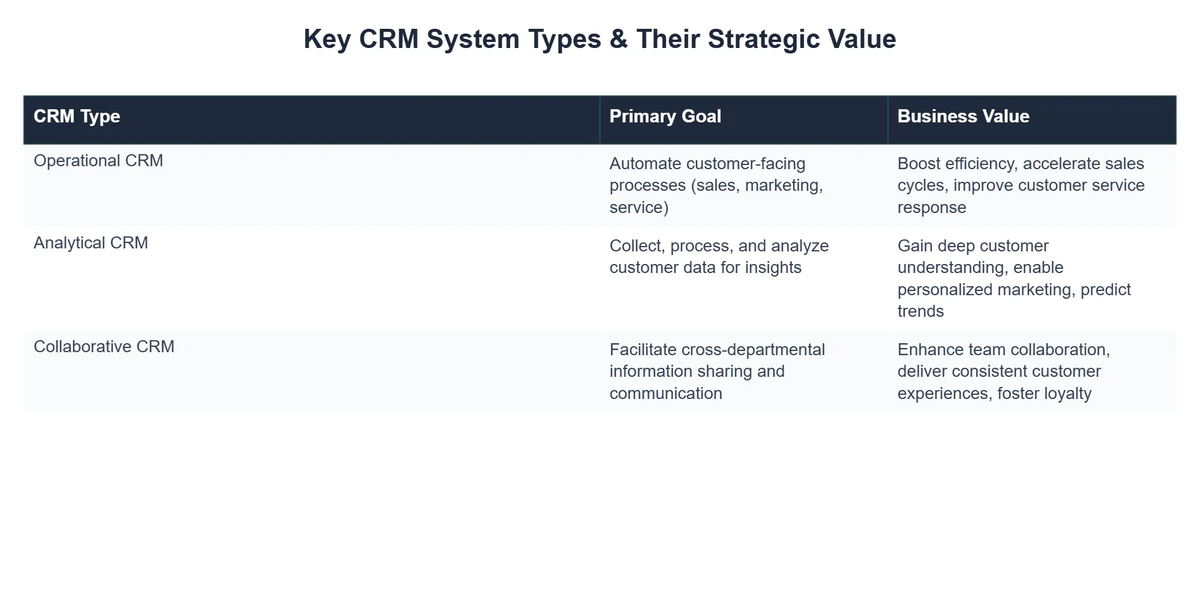
🚀 Boost Sales & Revenue
- ➡️ Improved Lead Management: Track leads from initial contact to conversion, ensuring no opportunity is missed.
- ➡️ Shorter Sales Cycles: Sales teams have instant access to customer history and preferences, enabling more personalized and effective pitches.
- ➡️ Enhanced Upselling & Cross-selling: Identify opportunities to sell additional products or services based on customer data.
📈 Enhance Customer Satisfaction & Loyalty
- ➡️ Personalized Interactions: Provide tailored experiences based on a complete view of the customer’s journey and preferences.
- ➡️ Faster Issue Resolution: Customer service agents can quickly access all relevant information, leading to quicker and more accurate support.
- ➡️ Proactive Engagement: Anticipate customer needs and reach out with relevant offers or support before issues arise.
💡 Streamline Business Processes
- ➡️ Automate Repetitive Tasks: Free up employees from manual data entry and routine administrative tasks.
- ➡️ Better Collaboration: Foster seamless communication and information sharing between sales, marketing, and service teams.
- ➡️ Consistent Workflows: Standardize processes across the organization, improving efficiency and reducing errors.
📊 Gain Actionable Insights
- ➡️ Comprehensive Reporting: Generate detailed reports on sales performance, marketing campaign effectiveness, and customer service metrics.
- ➡️ Predictive Analytics: Use historical data to forecast future trends and customer behavior, aiding strategic planning.
- ➡️ Performance Tracking: Monitor individual and team performance against key KPIs.
Types of CRM Systems: Finding Your Perfect Fit
CRM systems aren’t one-size-fits-all. They typically fall into different categories based on their primary function or deployment model. Understanding these distinctions is crucial for selecting the right solution for your business needs.
🛠️ Operational CRM
Focuses on automating core business processes, including sales force automation, marketing automation, and service automation. The primary goal is to generate leads, convert them into customers, and provide service to those customers.
🧠 Analytical CRM
Deals with collecting, processing, and analyzing customer data to gain insights into customer behavior, preferences, and trends. These insights help in making better decisions for marketing campaigns, customer service strategies, and product development.
🤝 Collaborative CRM
Aims to improve customer service by enabling different departments (e.g., sales, marketing, customer service) to share customer information seamlessly. This ensures a unified approach to customer interaction, regardless of the touchpoint.
☁️ Cloud-Based vs. On-Premise CRM
- ✅ Cloud-Based (SaaS) CRM: Hosted by the vendor and accessed via the internet. Offers flexibility, scalability, and lower upfront costs. Examples include industry leaders like Salesforce, which pioneered cloud-based CRM.
- ✅ On-Premise CRM: Installed and maintained on a company’s own servers. Provides greater control over data and customization but requires significant IT infrastructure and maintenance.
🎯 Industry-Specific CRMs
Many CRM solutions are tailored for specific industries, offering specialized features to meet unique sector demands. For instance, Retail CRM Software will have functionalities designed specifically for retail operations, such as inventory integration and loyalty program management. Similarly, there are CRMs for healthcare, finance, non-profits, and more.
Key Features and Functionalities of Modern CRM Software
Modern CRM solutions are packed with features designed to support every stage of the customer journey. While capabilities vary by provider, here are the core functionalities you should expect:
🏷️ Contact & Lead Management
- ✅ Centralized Database: Store and manage all customer and lead contact information in one place.
- ✅ Activity Tracking: Log calls, emails, meetings, and other interactions.
- ✅ Lead Scoring & Routing: Qualify leads based on engagement and demographic data, then assign them to the appropriate sales representative.
📈 Sales Automation
- ✅ Opportunity Management: Track sales opportunities through the pipeline.
- ✅ Quote & Order Management: Generate quotes, manage orders, and track invoices.
- ✅ Sales Forecasting: Predict future sales performance based on current data and trends.
📣 Marketing Automation
- ✅ Email Marketing: Design, send, and track personalized email campaigns.
- ✅ Campaign Management: Plan, execute, and measure the effectiveness of marketing campaigns.
- ✅ Lead Nurturing: Automate the process of guiding leads through the sales funnel with targeted content.
📞 Customer Service & Support
- ✅ Case Management: Track and manage customer inquiries and support tickets.
- ✅ Knowledge Base: Provide self-service options for customers to find answers to common questions.
- ✅ Live Chat & Omnichannel Support: Offer real-time assistance across various communication channels.
📊 Reporting & Analytics
- ✅ Customizable Dashboards: Visualize key metrics and performance indicators.
- ✅ Performance Reports: Generate reports on sales, marketing, and service team performance.
- ✅ Customer Segmentation: Divide customers into groups based on shared characteristics for targeted strategies.
🔗 Integrations
A powerful CRM system doesn’t operate in a vacuum. It seamlessly integrates with other essential business tools, creating a unified ecosystem for data management and process automation. This includes email platforms (e.g., Outlook, Gmail), ERP systems, social media channels, and more. For a side-by-side view of capabilities, explore our guide on Top CRM Systems Compared: A Detailed Overview.
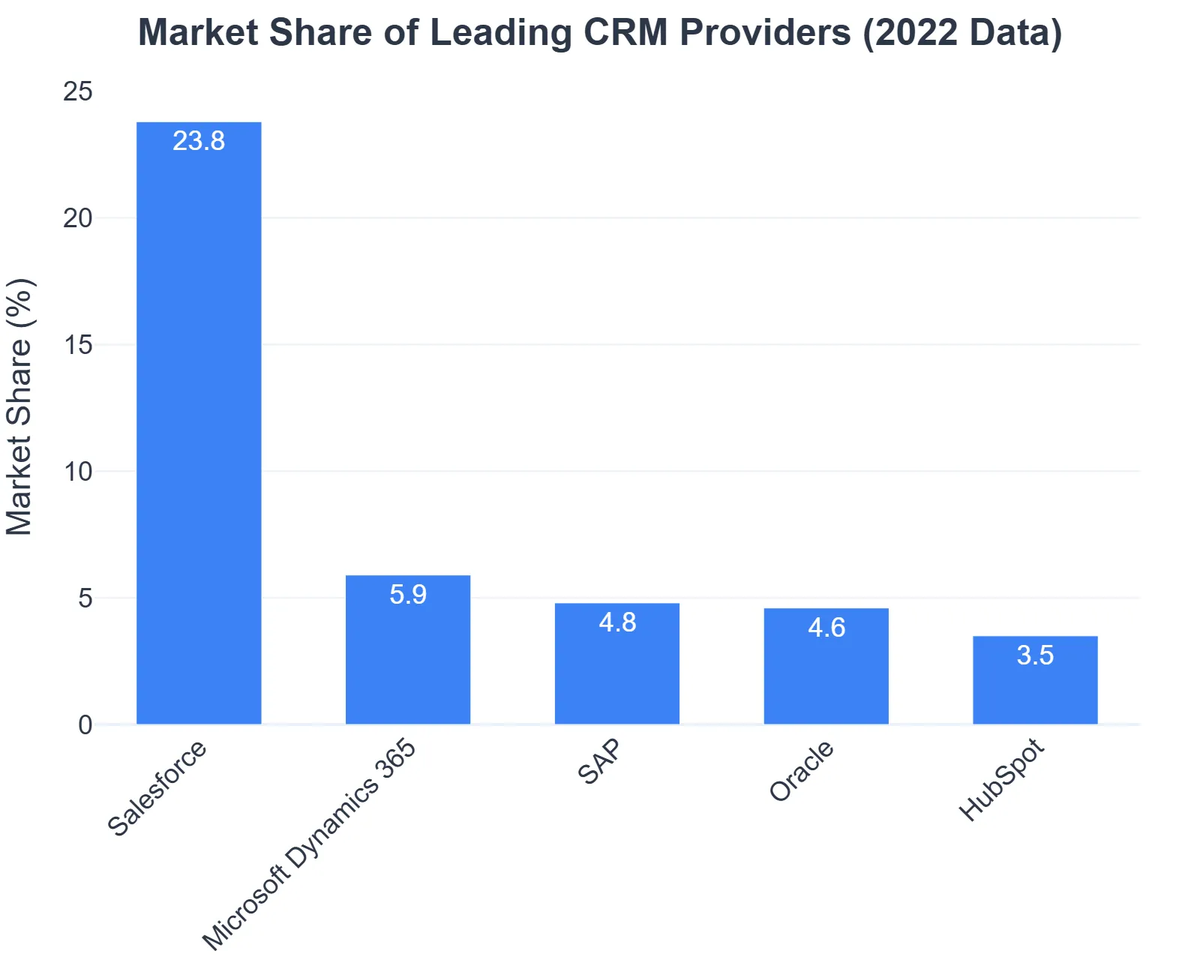
Implementing a CRM System: Best Practices for Success
Implementing a CRM system is a significant undertaking, but with proper planning and execution, it can yield immense returns. Here’s a roadmap for a successful CRM rollout:
📝 Define Your Goals & Requirements
Before selecting any software, clearly articulate what you want your CRM to achieve. Are you looking to improve sales efficiency, enhance customer service, or streamline marketing efforts? What specific problems are you trying to solve?
🔍 Choose the Right CRM Provider
Research various CRM solutions that align with your defined goals, budget, and business size. Consider factors like scalability, ease of use, integration capabilities, and vendor support. For smaller operations, our guide on the Best CRM Software for Small Businesses might be particularly helpful.
👨🏫 Training & User Adoption
The success of your CRM largely depends on user adoption. Provide comprehensive training to all employees who will use the system. Highlight the benefits for their daily work, not just for the company as a whole. Ongoing support and clear communication are crucial.
⚙️ Data Migration & Integration
Carefully plan the migration of existing customer data into the new CRM. Ensure data cleanliness and accuracy. Integrate the CRM with other essential systems (e.g., accounting software, marketing automation platforms) to create a holistic view of your operations.
✅ Continuous Optimization
CRM implementation isn’t a one-time event. Regularly review your CRM’s performance, gather user feedback, and make necessary adjustments. As your business evolves, your CRM should too, leveraging new features and integrations to maximize its value.
The Future of CRM: AI, Automation, and Hyper-Personalization
The CRM landscape is continuously evolving, driven by advancements in technology and changing customer expectations. The future promises even more sophisticated and intelligent systems.
🤖 Artificial Intelligence (AI) in CRM
AI is transforming CRM by enabling predictive analytics, intelligent automation, and personalized recommendations. AI-powered CRMs can forecast sales trends, automate lead scoring, personalize marketing messages, and even power chatbots for instant customer support.
🌐 Hyper-Personalization & Customer Experience
The trend towards hyper-personalization will intensify, allowing businesses to offer truly individualized experiences based on deep insights into customer behavior and preferences across all touchpoints. This elevates the customer experience to unprecedented levels.
📈 Predictive Analytics
CRMs will increasingly leverage predictive analytics to anticipate customer needs, identify potential churn risks, and pinpoint optimal times for engagement, helping businesses to be proactive rather than reactive.
The evolution continues, with specialized solutions emerging, such as Pharma CRM Software, demonstrating how CRM adapts to specific industry needs.
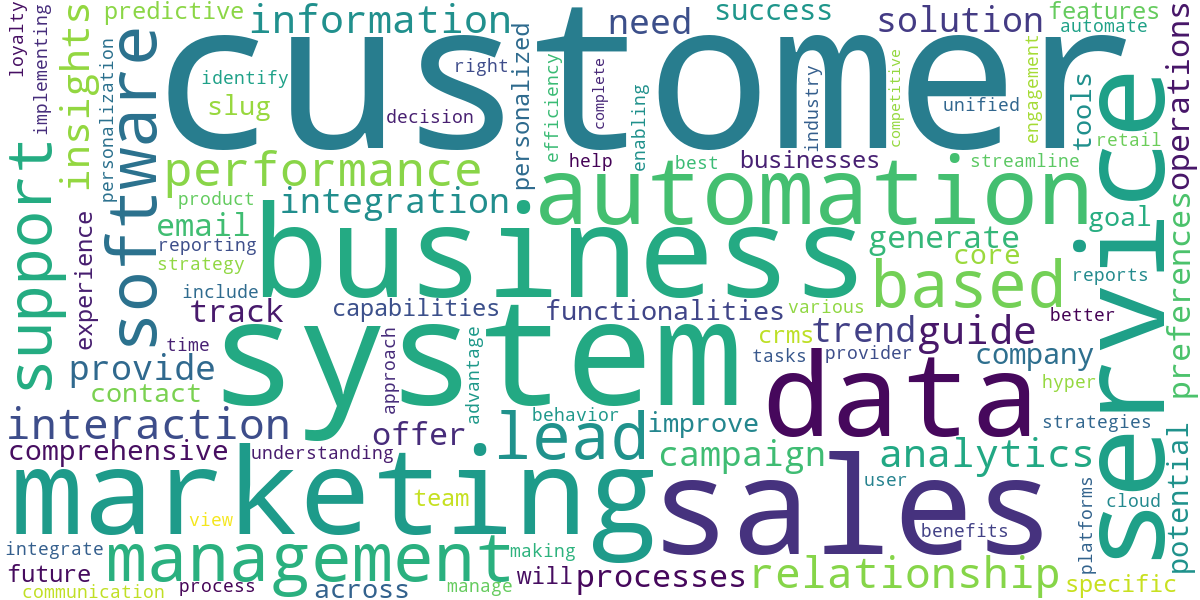
Recommended Video
Understanding CRM systems is no longer optional for businesses aiming to thrive in the digital age. From streamlining operations and boosting sales to enhancing customer loyalty and providing invaluable insights, a well-implemented CRM is the backbone of a customer-centric strategy.
By investing in the right CRM solution and committing to its effective use, your business can build stronger, more profitable customer relationships, ensuring long-term success and competitive advantage. Embrace the power of CRM to unlock your full business potential.
What is a CRM system?
A CRM (Customer Relationship Management) system is a technology solution that helps businesses manage and analyze customer interactions and data throughout the customer lifecycle, aiming to improve business relationships, assist in customer retention, and drive sales growth.
What are the main benefits of using a CRM?
Key benefits include improved customer satisfaction, streamlined sales processes, enhanced marketing campaigns, better data organization, and increased operational efficiency across various departments.
How do I choose the right CRM for my business?
Consider your business size, budget, specific needs (e.g., sales, marketing, customer service), integration requirements, scalability, ease of use, and the level of vendor support when making your selection.
Can small businesses benefit from CRM?
Absolutely. CRMs offer significant advantages to small businesses by centralizing customer data, automating tasks, and providing actionable insights that help foster growth and improve customer relationships, often with affordable cloud-based options available.
Salesforce
Ready to take the next step? See how Salesforce can help you achieve your goals.



